Categories
The latest content
-
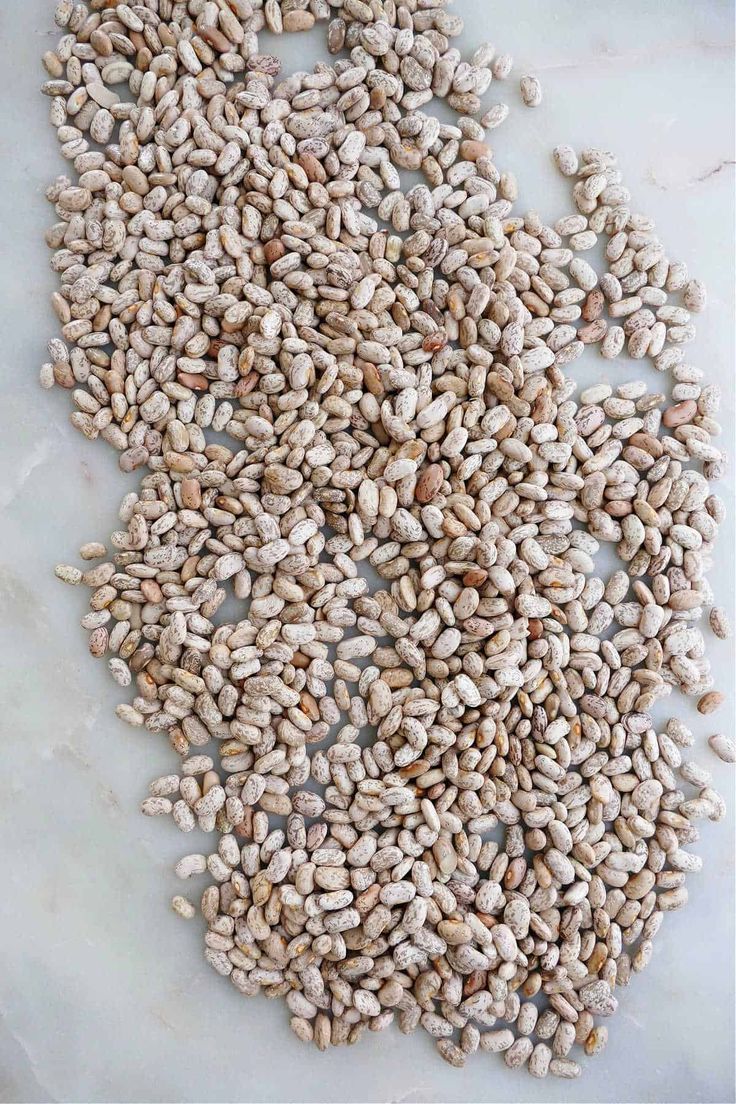
Customs Clearance & Import Regulations for Bulk Iranian Pinto Beans in EU, Middle East & Africa
..
-
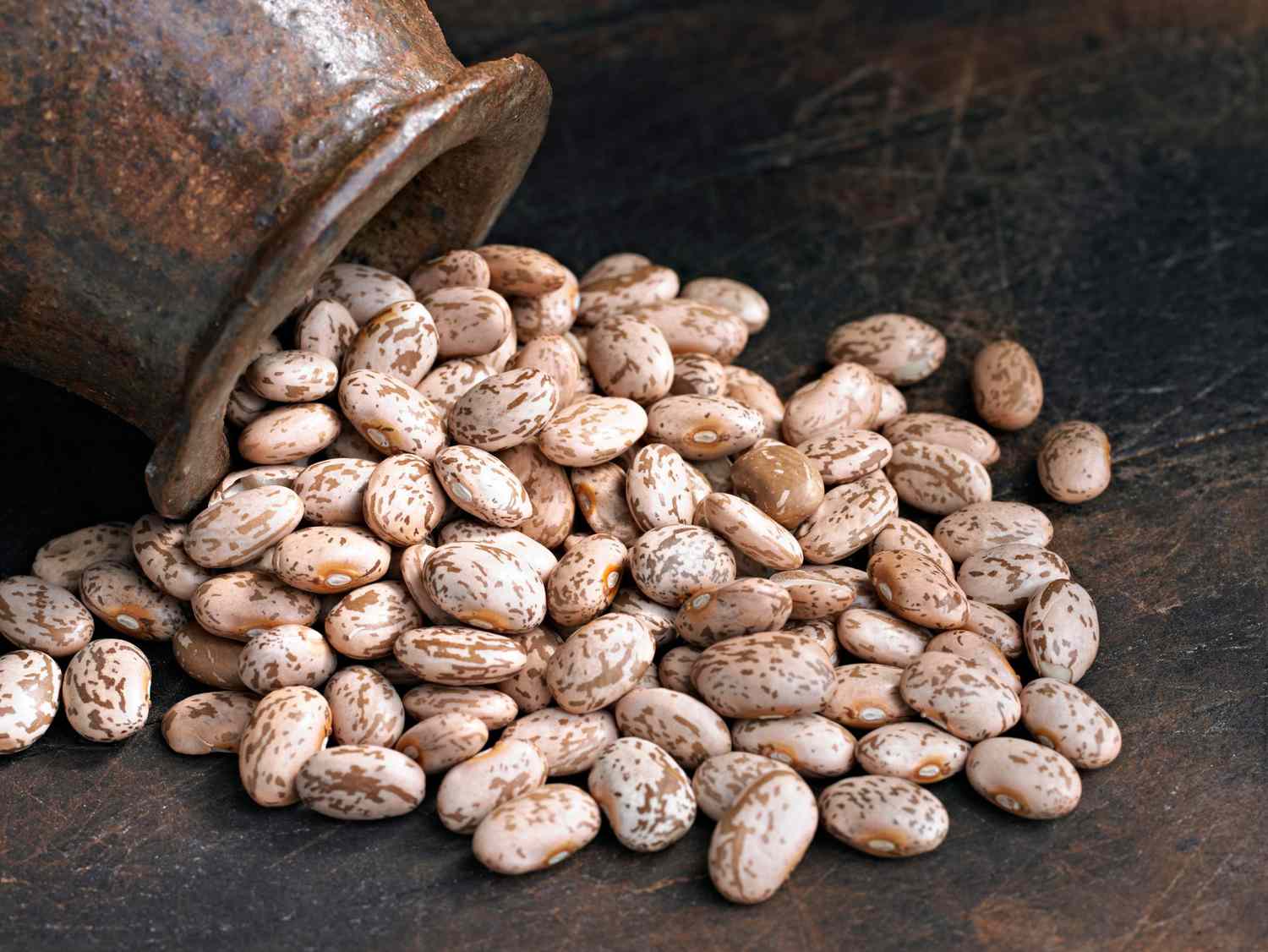
Quality Control & Laboratory Testing Standards for Iranian Pinto Beans
..
-
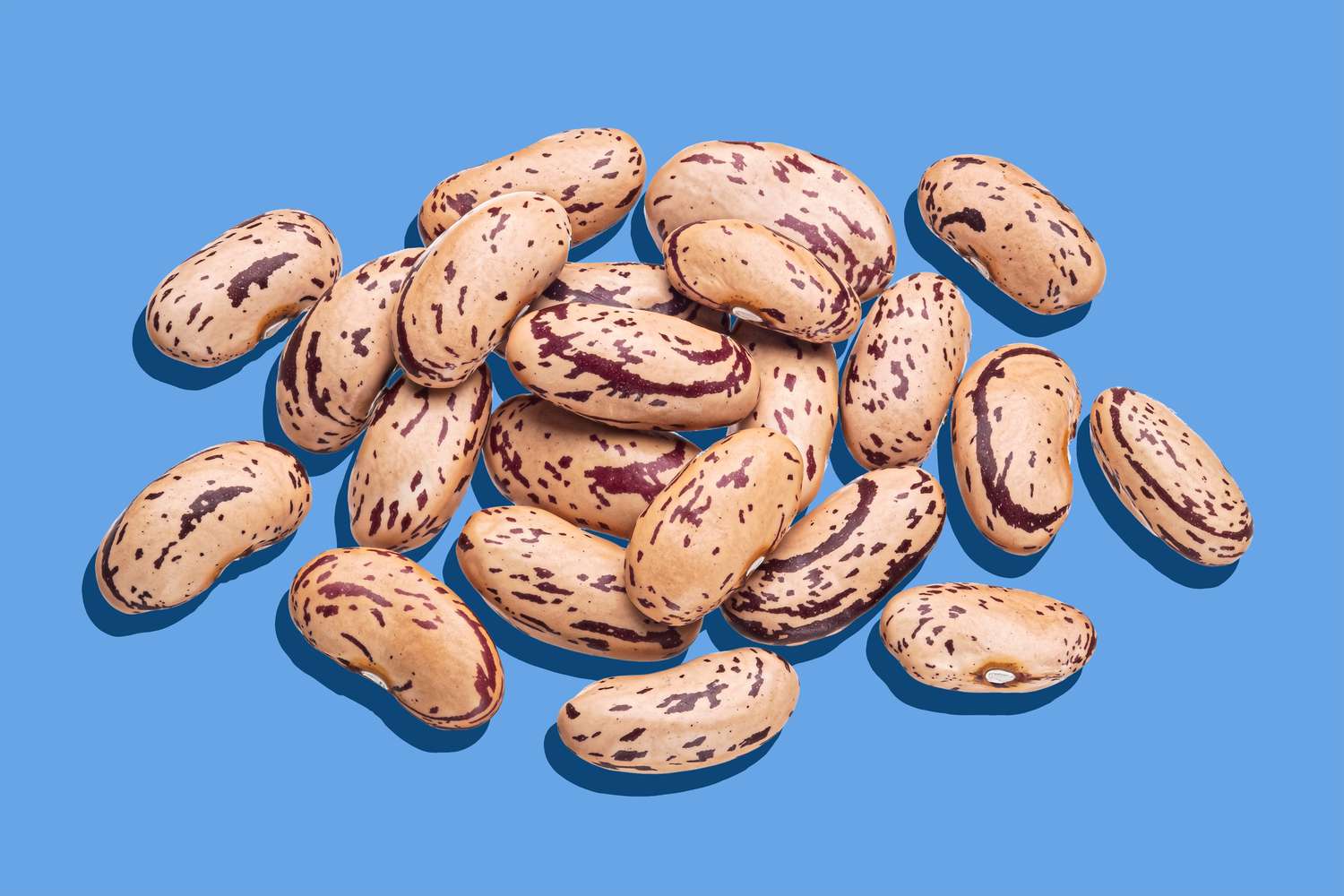
Logistics & Shipping Solutions for Bulk Iranian Pinto Bean Exports
..
-
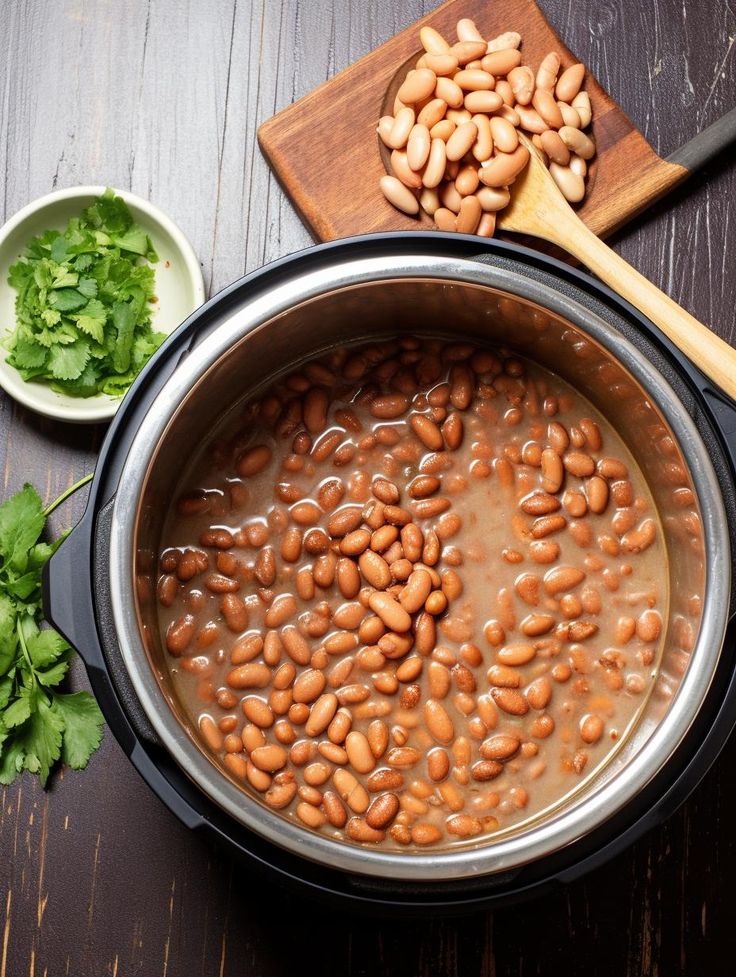
Minimum Order Quantity (MOQ) & Bulk Pricing for Iranian Pinto Bean Buyers
..
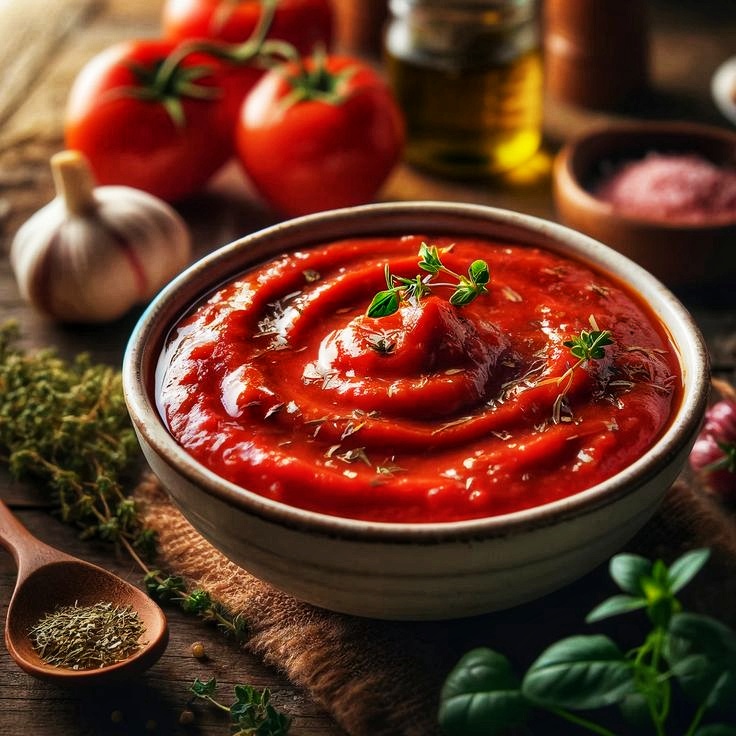
Tags
Global Market Trends & Demand Forecast for Iranian Wheat Flour

The global wheat flour market is undergoing major transformations driven by shifting consumer preferences, food security policies, and international trade dynamics. As one of the emerging players in this space, Iranian wheat flour has steadily gained recognition for its quality, competitive pricing, and compliance with international standards. This article examines the global market trends and demand forecast for Iranian wheat flour, highlighting opportunities for buyers, distributors, and government organizations worldwide.
Rising Global Demand for Wheat Flour
Wheat flour is the backbone of the food industry, powering everything from bread, pastries, and noodles to ready-to-eat snacks and confectionery. With a global population surpassing 8 billion, consumption levels continue to increase, especially in Asia, the Middle East, and Africa, where wheat-based diets dominate.
According to recent forecasts, the global wheat flour market is expected to grow steadily at a CAGR of 4–5% through 2030, fueled by:
• Urbanization and changing dietary habits.
• Expansion of bakery and foodservice industries.
• Growing demand for fortified and organic flour.
• Rising consumption in developing economies.
Position of Iranian Wheat Flour in the Global Market
Iran, with its fertile agricultural regions and well-developed milling industry, has positioned itself as a competitive supplier in the global wheat flour trade. Several factors contribute to its growing presence:
• Quality assurance backed by ISO, HACCP, Halal, and Organic certifications.
• Varietal diversity including all-purpose, bread, pastry, and semolina flours.
• Cost competitiveness compared to other regional suppliers.
• Strategic geographic location, enabling cost-effective shipping to Europe, the Middle East, Africa, and South Asia.
These advantages make Iranian wheat flour an attractive option for importers, wholesalers, government tenders, and large-scale bakeries.
Regional Market Trends
1. Europe
While Europe maintains strong domestic production, rising food inflation and demand for cost-competitive imports have opened opportunities for Iranian suppliers. Buyers in Eastern Europe and Mediterranean countries particularly benefit from Iranian wheat flour’s affordability and compliance with EU standards.
2. Middle East & North Africa (MENA)
The MENA region remains one of the largest wheat flour import markets globally. Countries like Iraq, Syria, Yemen, and North African nations rely heavily on imports due to domestic production shortfalls. Iranian wheat flour has a strong competitive edge here due to cultural dietary similarities and shorter shipping distances.
3. Sub-Saharan Africa
Rapid urbanization and expanding bakery sectors in Africa are driving unprecedented wheat flour demand. Nigerian, Kenyan, and South African markets are emerging as key destinations for Iranian wheat flour, thanks to its balance of quality and price.
4. Asia-Pacific
Markets such as India, Pakistan, and Southeast Asia are growing steadily. While these regions have their own production, demand for specialty flour varieties creates room for Iranian exporters.
Demand Forecast for Iranian Wheat Flour
Looking ahead, the demand for Iranian wheat flour is forecasted to grow significantly between 2025 and 2035, with the following trends shaping the outlook:
• Increased trade in bulk formats: Governments and large-scale importers will continue to purchase in containerized or bulk shipments.
• Rising preference for fortified wheat flour: Health-conscious consumers and public health policies will push demand for enriched flour with vitamins and minerals.
• Organic flour growth: Global organic food market growth will expand demand for certified organic Iranian wheat flour.
• Digital trade expansion: Platforms like Tamila Agrifood will accelerate connections between Iranian suppliers and global buyers, reducing trade barriers.
Key Opportunities for Buyers
For importers, distributors, and wholesalers, sourcing Iranian wheat flour provides:
• Stable supply with competitive pricing.
• Access to multiple varieties tailored to bakery, foodservice, or retail needs.
• Flexible packaging options (bulk sacks, private label, or custom branding).
• Shorter delivery times compared to other exporters due to Iran’s location.
Conclusion
The global wheat flour market continues to expand, driven by population growth, dietary preferences, and industrial food production. Within this growing sector, Iranian wheat flour is gaining traction as a reliable and cost-efficient source for buyers across Europe, the Middle East, Africa, and Asia. With rising demand forecasts and strong competitive advantages, importers who secure partnerships with Iranian suppliers today will be well-positioned to meet tomorrow’s market needs.
At Tamila Agrifood, we provide tailored solutions for bulk wheat flour imports, helping our global partners navigate demand trends, forecast requirements, and secure long-term supply contracts.
Email: tamilaagrifood@gmail.com
Call / WhatsApp: +989141858935



